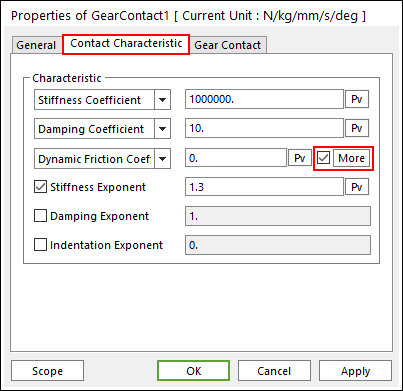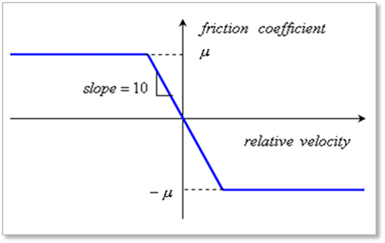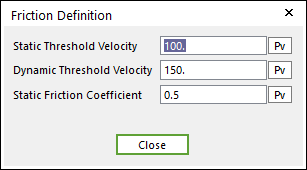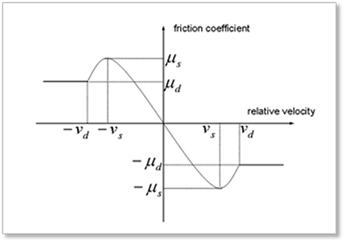

Figure 1 Gear Contact property page [Contact Characteristic page]
Contact Normal Force
The contact normal force is obtained by

where, k and c are the stiffness and damping
coefficients which are determined by an experimental method, respectively.  and
and  are a penetration and
time differentiation of the penetration, respectively. The exponents
are a penetration and
time differentiation of the penetration, respectively. The exponents  and
and  generates a non-linear contact
force and the exponent
generates a non-linear contact
force and the exponent  yields an indentation damping effect.
yields an indentation damping effect.
•Characteristic: Defines the contact properties such as the stiffness coefficient, damping coefficient, and friction coefficients. Also, these coefficients can be given as user-defined spline curves.
•Stiffness Coefficient: Specifies a stiffness coefficient for the contact normal force.
•Stiffness Spline: The spline shows the contact normal force for the penetration. For more information, click here.
•Damping Coefficient: Specifies a damping coefficient for the contact normal force.
•Damping Spline: The spline shows the contact normal force for the velocity of penetration. For more information, click here.
•Dynamic Friction Coefficient: Specifies a dynamic friction coefficient for the contact friction force. It has three options.
o Dynamic Friction Coefficient: The constant friction coefficient is applied.
o Friction Force Spline: The spline shows the fiction force for the relative velocity. It is recommended to use the spline that x and y values are defined as positive.
o Friction Coefficient Spline: The spline shows the friction coefficient for the relative velocity.
•More: Specifies some friction coefficients for the contact friction force. Refer to Friction.
•Stiffness and Damping Exponent: Generates a non-linear contact normal force.
•Indentation Exponent: Yields an indentation damping effect. When the penetration is very small, the contact force may be negative due to a negative damping force, which is not realistic. This situation can be overcome by using the indentation exponent greater than one.
•Friction Coefficient: Specifies the dynamic friction coefficient for the contact friction force.

Figure 2 Relationship between relative velocity and friction coefficient
•More: Specifies some friction coefficients for the contact friction force as shown in Figure 3.

Figure 3 Friction Definition dialog box
•Static Threshold Velocity: If the relative velocity between a contact pair is less than this value, the friction coefficient is defined as following.

•Dynamic Threshold Velocity: If the relative velocity between a contact pair is greater than:
o This value, the friction coefficient is the same as the specified dynamic friction coefficient.
o “Static Threshold Velocity” and less than this value, the friction coefficient is defined as following.

•Static Friction Coefficient: Specifies a static friction coefficient.

Figure 4 Relationship between relative velocity and friction coefficient
•The friction force of contact elements is determined by the following equations.

The friction force of contact element